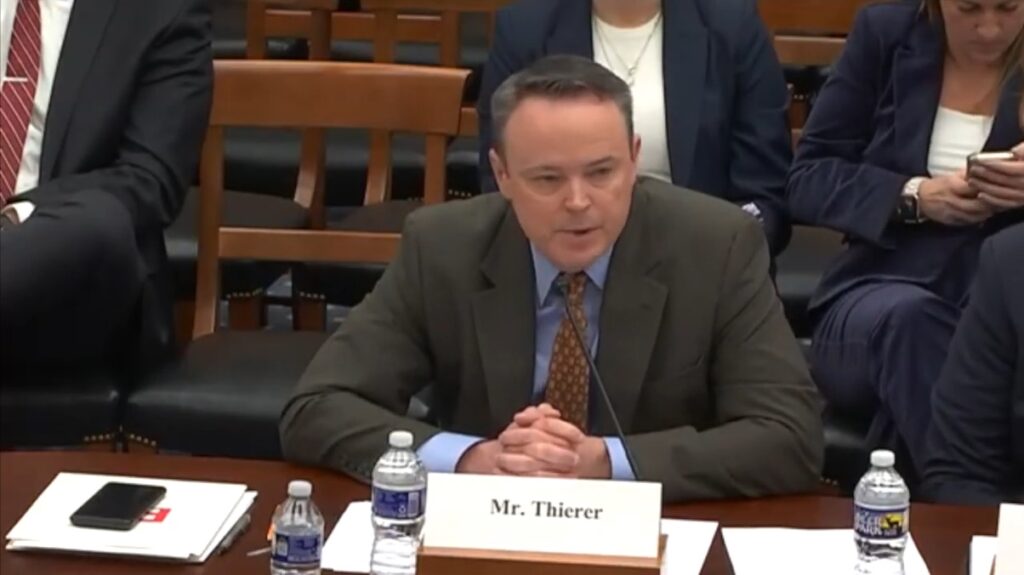Government by Proposition
California’s Gov. Hiram Johnson propelled the state into its century-long embrace of direct democracy in 1911, as he ushered in the referendum, initiative, and recall process. For conservatives, the fruits of this progressive invention 110 years later are a mixed bag. Voters sometimes approve far-reaching programs, tax hikes, and regulations — but they can also overrule a liberal Legislature and even recall an imperious governor, as they did with Gray Davis.
In fact, voters took remarkably conservative stances on the Nov. 3 ballot propositions, which has highlighted just how far out of touch the Democratic legislative majorities are from the average California voter. Republicans rarely complain about the process these days, as they organize a recall effort of Gov. Gavin Newsom, whose heavy-handed coronavirus-related edicts have caused economic suffering and consternation.
Anger at him has grown as he keeps the state (but not himself, judging by his widely publicized attendance at a dinner in Napa Valley) mired in a lockdown, even though the courts have imposed some limits on his power. A Sutter County Superior Court judge, for instance, noted that the state’s Constitution restrains a governor’s emergency powers — and some of Newsom’s 57 executive orders and 400 executive actions clearly exceed those limits.
The recall effort got a boost last week when San Diego’s well-respected Republican former Mayor Kevin Faulconer signed a recall petition of Newsom and announced an exploratory committee for a gubernatorial bid. “It’s a new year. We need a new governor,” he tweeted. “Jobs are leaving, homelessness is skyrocketing, and the state can’t even issue unemployment checks to people struggling right now to get by.” Hard to argue with that.
Certainly, California’s far-reaching direct democracy gives Republicans opportunities they wouldn’t have — and probably wouldn’t need — in most other states. But a recent state Supreme Court decision has raised the obvious question, which is backdrop to any serious discussion about direct democracy: Are voters capable of understanding what they are supporting in the thousands of words included in every proposed ballot statute?
The case in question involves Proposition 57, which voters approved in the 2016 general election. As the official ballot summary explains, the initiative increases “parole and good behavior opportunities for felons convicted of nonviolent crimes and allowing judges, not prosecutors, to decide whether to try certain juveniles as adults in court.”
The measure, backed by then-Gov. Jerry Brown, sounded reasonable as the state tried to deal with its overcrowded prisons. But as CalMatters columnist Dan Walters explained, “Proposition 57 did not specify which felonies would be deemed nonviolent, but indirectly relied on a Penal Code list of 23 violent crimes. The list excluded quite a few felonies, such as sex crimes, that most of us would deem to be violent…. Brown responded by promising that by regulation, state prison officials would prohibit sex criminals from being paroled under Proposition 57 and voters apparently believed him.”
As Walters added, criminal-defense attorneys challenged those regulations — noting that such follow-up rules cannot change the text of a voter-approved constitutional initiative — and the high court tossed out the governor’s regulations. That means that Proposition 57 applies in its unaltered form, and that the state might release people convicted of sex crimes.
In the unanimous decision, the justices argued that the state “contends the voters would have understood from the constitutional provision directing the department to adopt regulations in furtherance of the initiative that the measure provided only a ‘framework’ for nonviolent offender parole consideration, and that the Department would ‘fill up the details’ … .” The court disagreed that initiatives offer such open-ended power.
The court also disputed the state’s argument that the courts should rely on the intent of the authors, made in the ballot arguments, rather than on the initiative’s text. As the court concluded, “[W]hen an argument for or against a ballot measure conflicts with the measure’s plain text, the text must govern the measure’s interpretation.” That’s sensible and a reminder that voters need to pay careful attention to all the legislative jargon before they cast an informed vote.
Dream on, right? Most voters rely on the official ballot summary and titles to make a decision. Those are fraught with problems, given that state attorneys general write them — and often do so in a way that’s designed to scuttle ones they don’t like (e.g., union reforms) or boost ones they do like (e.g., tax increases). The two latest AGs, Vice President-elect Kamala Harris and Xavier Becerra, were notorious for playing those games.
California courts haven’t always been so fastidious about the text of a ballot measure. When California’s High Speed Rail Authority apparently violated the “ironclad” promises made in the Proposition 1A measure that gave it nearly $10 billion in funding, one court initially put on the brakes — but higher courts have let this boondoggle move forward anyway.
Direct democracy remains fraught with problems, and should always give conservatives some indigestion given that the founders warned against this kind of majoritarianism. Nevertheless, in modern California, it’s our last check on a progressive government. That may explain why so many Democratic legislators propose rules to rein it in.









